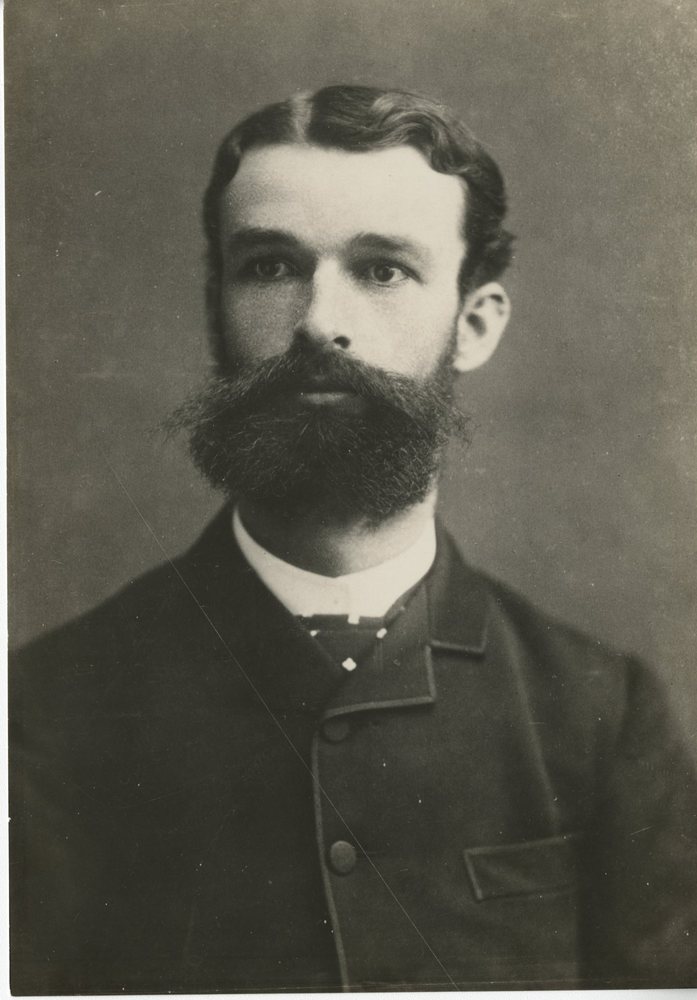Citation
Biography
Theobald Smith was born in Albany, New York on July 31, 1859. He attended Cornell University and graduated with a bachelor of philosophy degree in 1881. He earned his M.D. degree from Albany Medical College in 1883.
In 1884, Smith joined the newly-formed Bureau of Animal Industry (BAI) as a laboratory assistant assigned to pathological investigations of infectious animal diseases. One of his first studies for the BAI was on hog cholera. His research led to the discovery of a new species of bacteria, which was named Salmonella after Smith’s supervisor, D.E. Salmon. Hog cholera was later proven to be a virus-borne disease, but the Salmonella bacillus was often present as a secondary infection.
At the request of Salmon, who was then chief of the BAI, Smith began studies on Texas cattle fever in 1888. He discovered that a protozoan, not bacteria, caused the destruction of red blood cells that marked the disease. In 1890, Smith, partnering with fellow BAI scientists Fred Kilborne and Cooper Curtice, identified the cause of Texas cattle fever as the parasite Piroplasma bigemina (later Babesia bigemina). Their experiments confirmed that the parasite was transmitted by ticks, demonstrating for the first time that a disease agent could be spread from infected to uninfected animals through an intermediate arthropod host. This research paved the way for other important discoveries of insect transmission of diseases such as malaria, typhus, and yellow fever.
Smith contributed to many medically and economically important scientific advances during his career. Among them was his discovery of the protozoan transmission of blackhead disease in turkeys. In collaboration with D.E. Salmon, he showed that killed bacteria could produce disease immunity in animals. Smith was also responsible for proving that bovine and human tuberculosis were caused by different organisms.
Smith was named chief of the BAI’s Pathological Division in 1891. He remained there until 1895, when he accepted a position as professor of pathology at Harvard University and director of the Massachusetts State Antitoxin and Vaccine Laboratory. He joined the Rockefeller Institute for Medical Research in 1915, where he directed animal pathology research until his retirement in 1929. Smith died in 1934.
Sources:
Hall, Maurice C. “Theobald Smith as a Parasitologist.” Journal of Parasitology 21, no. 4 (August 1935): 230-43.
Schultz, Myron. “Theobald Smith” EID photo quiz. Emerging Infectious Diseases 14, no. 12 (December 2008). doi: 10.3201/eid1412.081188
 An official website of the United States government.
An official website of the United States government.

